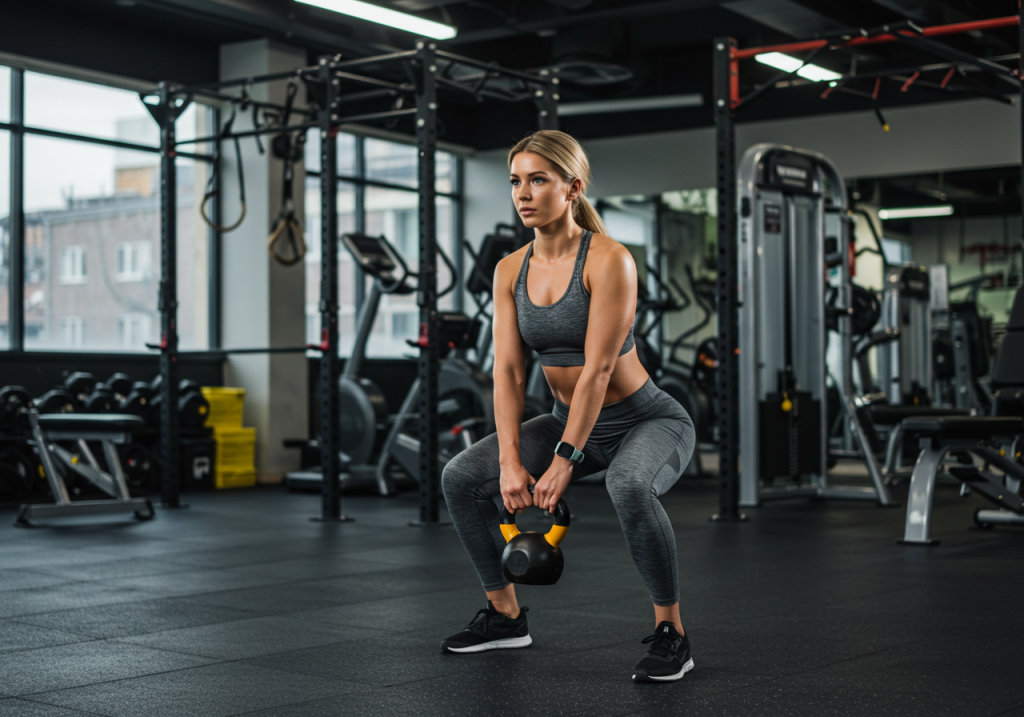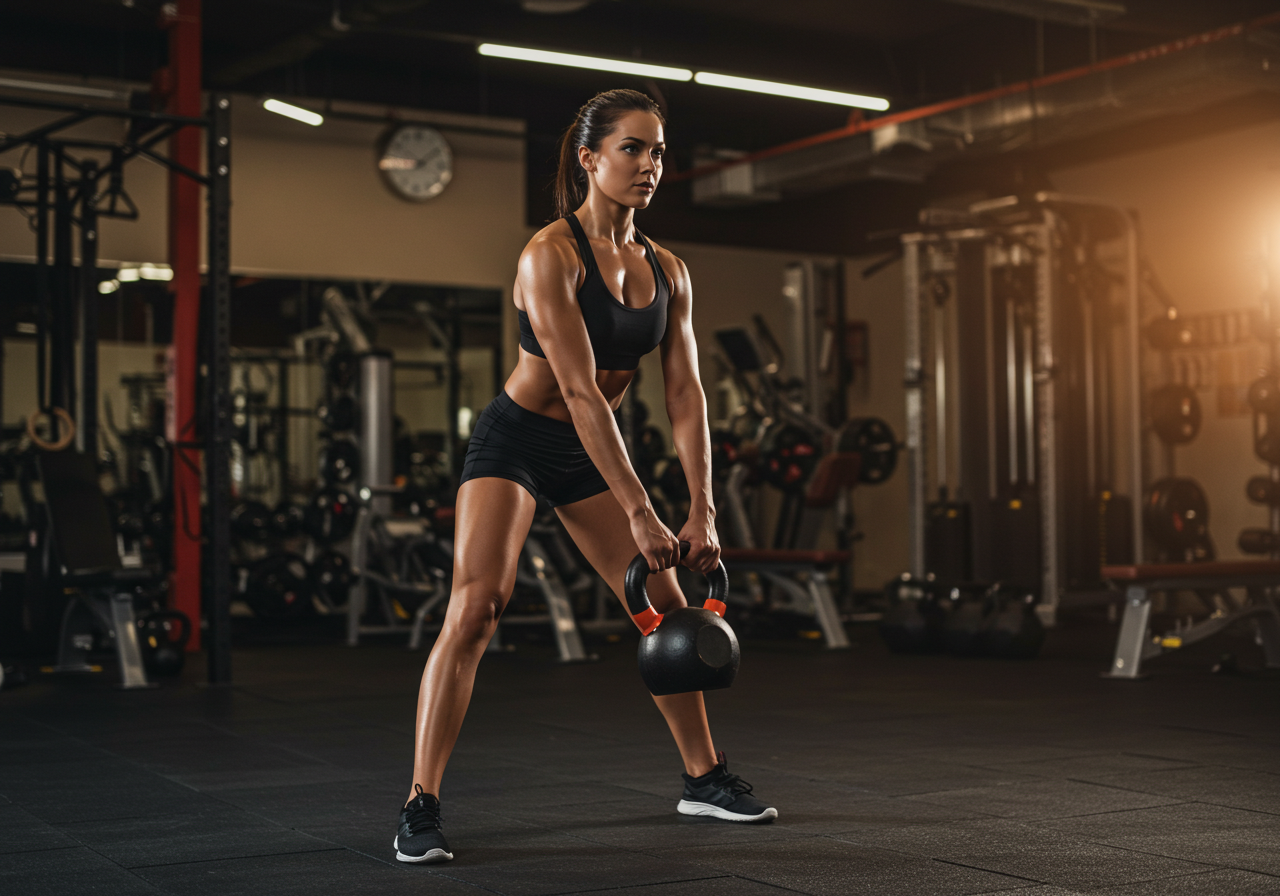What Are the Benefits of Functional Training?

One of the standout benefits of functional training is that it enhances your strength in a way that directly translates to everyday tasks. Think about it: rather than just bench pressing at a gym, you’re performing movements such as squatting down to pick something up from the floor or twisting to reach for something on a high shelf. These exercises mimic natural body movements, training your muscles, joints, and core to work together efficiently.
Then there’s the flexibility aspect. Functional training often incorporates dynamic movements that improve your range of motion. It’s like giving your body a natural upgrade, helping it move more fluidly. This isn’t just for athletes; whether you’re a desk worker or a stay-at-home parent, being able to bend, twist, and reach without straining is invaluable.

And let’s not forget about injury prevention. By strengthening functional movements, you’re also supporting your body’s joints and ligaments, making them less susceptible to sprains and strains. Imagine playing with your kids on the playground without the fear of pulling a muscle!
Unlocking Potential: How Functional Training Supercharges Your Everyday Performance
So, why is functional training the secret ingredient to better fitness? For starters, it focuses on movements you use every day—squatting, bending, twisting. It’s about making your body function better as a whole. Instead of isolating a single muscle group, functional training engages multiple muscles at once. This means you’ll not only build strength but also improve your balance, coordination, and flexibility. Who wouldn’t want that?
Picture trying to lift your grocery bags without straining your back or bending down to tie your shoelaces without feeling off balance. That’s the beauty of functional training—it prepares you for life’s little challenges. It’s like turning everyday movements into effective workouts. You’re not just exercising; you’re training for real life.
But there’s more! Functional training can also boost mental performance. When your body is fit and energized, your mind feels sharper and more focused. You’ll unlock not just physical potential but also mental clarity, paving the way for a more vibrant, energetic life.

Functional Training: The Key to a Stronger, Healthier You—Discover Its Benefits!
So, what exactly is functional training? It’s all about building strength for real-life movements. Think squats and lunges that mimic bending down to pick something up or reaching over your head to grab an item from a shelf. This training style doesn’t isolate muscles like traditional gym workouts; instead, it integrates multiple muscle groups, teaching your body to work as a cohesive unit.
You might be wondering, “What are the benefits of functional training?” If you’re tired of feeling stiff or weak after a long day, this might just be your solution. By incorporating functional training into your routine, you’re not only boosting your physical health but also enhancing your balance, coordination, and flexibility. Imagine being able to hop onto a bike, chase your dog in the park, or even stand for hours in the kitchen without feeling exhausted!
Moreover, functional workouts can be tailored for anyone, regardless of fitness level. Whether you’re a seasoned athlete or a beginner, you’ll find moves that challenge you and keep things fresh. Plus, there’s an undeniable thrill in seeing your everyday tasks become easier and more enjoyable.
From Gym to Life: The Transformative Benefits of Functional Training You Can’t Ignore
Have you ever tried to twist your body to grab something from the back seat of your car? That’s a functional movement! Functional training focuses on exercises that mimic these daily activities, enhancing both your strength and flexibility. It prepares you for unexpected moments life throws your way—whether it’s sprinting after a bus or climbing stairs after a long day.
Now, let’s talk about stability and balance. Functional training improves your core strength, helping you stay steady in everyday situations. By incorporating movements that enhance stability, you’ll feel more in control of your body and less prone to injuries.
And let’s face it: nobody wants to feel stiff and sore after simple tasks. By integrating functional training into your routine, you’re not just building muscle; you’re promoting mobility and flexibility, helping to prevent injuries that could interfere with your daily life.
Why Functional Training is a Game Changer for Your Fitness Goals and Daily Life
Functional training is all about moving your body the way it’s meant to move. When do you actually perform isolation exercises like bicep curls in real life? Instead, you’re lifting, squatting, pushing, and pulling in ways that mimic daily activities. This type of training boosts your strength, stability, and flexibility, making everyday movements effortless.
Picture going grocery shopping with multiple bags in one hand while grabbing something else with the other. With functional training, that’s a breeze. You’ll notice you’re not just getting stronger; you’re moving better and feeling more energetic throughout the day. Ever tried to keep up with kids or rush to catch a bus? Functional training gives you the stamina and agility to do just that—without feeling drained!

The Real-Life Advantages of Functional Training: Empowering Movement for All Ages
One of the greatest benefits of functional training is its accessibility. It’s not just for gym enthusiasts; it’s designed for everyone—from young children to older adults. Imagine a grandparent who can easily stand up from a chair without assistance or a teenager who jumps higher in basketball. Functional training enhances strength, flexibility, and balance, helping you move with confidence at any stage of life.
Let’s also talk about injury prevention. Have you ever twisted your ankle stepping off a curb? Functional training equips your body to handle unexpected movements, reducing the risk of injury. Think of it as a natural safeguard against life’s unpredictable moments.
Even better, functional training strengthens your core—your body’s powerhouse. A strong core is the foundation of all movement, helping you maintain stability and efficiency whether you’re carrying groceries or playing sports.
Beyond Aesthetics: How Functional Training Enhances Longevity and Quality of Life
Functional training isn’t just about looking good—it’s about feeling great and moving with ease. Everyday tasks like lifting, bending, and reaching become effortless when your body is conditioned for real-life movement. As we age, maintaining strength, balance, and endurance becomes even more essential. Functional training helps keep you active, independent, and injury-free for years to come.

Think about it—when we prioritize functional strength, we’re investing in our future. This type of training enhances mobility and flexibility, allowing you to keep up with life’s demands. Whether it’s running after grandkids or joining a new fitness class, functional training prepares you for an active, fulfilling life.
So, what are the benefits of functional training? It’s about more than just fitness—it’s about unlocking your full potential and embracing a healthier, more dynamic way of living.




